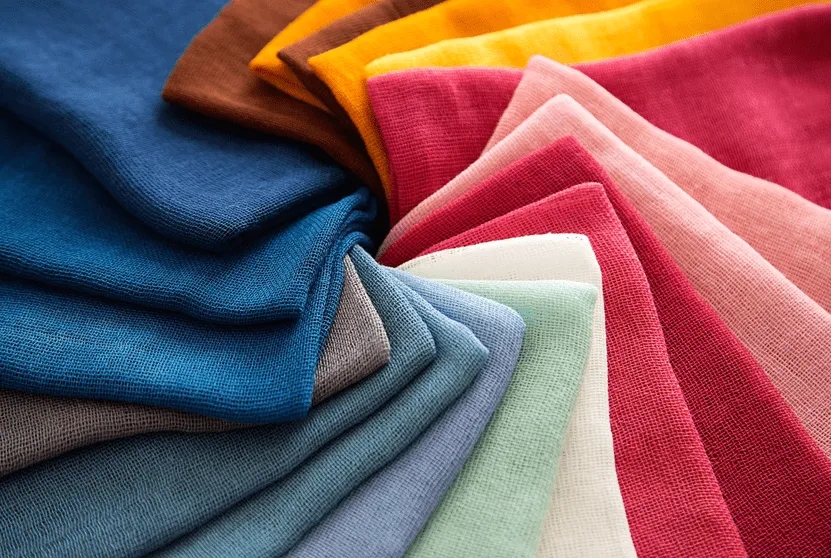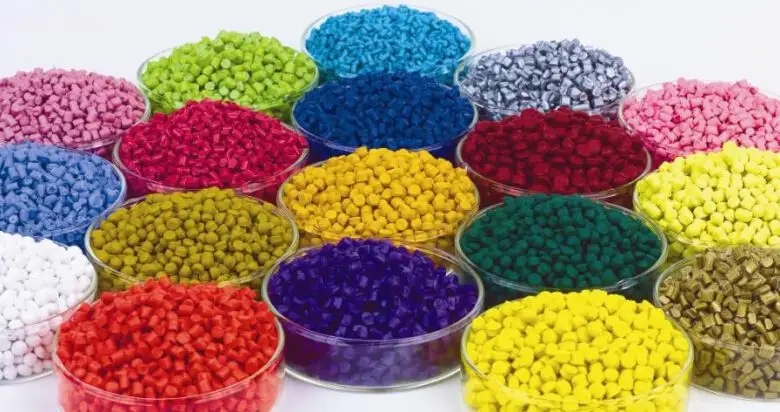Textile auxiliaries are necessary chemicals in textile production and processing. Textile auxiliaries play an indispensable and important role in improving the product quality and added value of textiles. They can not only endow textiles with various special functions and styles, such as softness, wrinkle resistance, shrinkproof, waterproof, antibacterial, anti-static, flame retardant, etc., but also improve dyeing and finishing processes, saving energy and reducing processing costs. Textile auxiliaries are very important to improve the overall level of the textile industry and their role in the textile industry chain.
About 80% of textile auxiliary products are made of surfactant, and about 20% are functional auxiliary. After more than half a century of development, the surfactant industry around the world has become mature. In recent years, due to well-known reasons, the production center of the textile industry has gradually shifted from the traditional Europe and the United States to Asia, making the demand for textile auxiliaries in Asia grow rapidly.
At present, there are nearly 100 categories of textile auxiliaries in the world, producing nearly 16000 varieties, and the annual output is about 4.1 million tons. Among them, there are 48 categories and more than 8000 varieties of European and American textile auxiliaries; There are 5500 varieties in Japan. It is reported that the sales volume of the world textile auxiliaries market reached 17 billion US dollars in 2004, far exceeding the sales volume of the dye market in that year.
There are nearly 2000 varieties of textile auxiliaries that can be produced in China, more than 800 varieties that are often produced, and about 200 major varieties. In 2006, the output of textile auxiliaries in China exceeded 1.5 million tons, with an industrial output value of 40 billion yuan, which also exceeded the output value of China’s dye industry.
There are about 2000 manufacturers of textile auxiliaries in China, most of which are private enterprises (joint ventures and sole proprietorships account for 8-10%), mainly in Guangdong, Zhejiang, Jiangsu, Fujian, Shanghai, Shandong and other provinces and cities. The textile auxiliaries produced in China can meet 75-80% of the domestic textile market demand, and 40% of the domestic textile auxiliaries output is exported to foreign countries. However, there is still a big gap between the domestic textile auxiliaries and the international advanced level in terms of variety and quality as well as synthesis and application technology. Specialized and high-grade textile auxiliaries still have to rely on imports.
The ratio of textile auxiliaries to fiber output is 7:100 on average in the world, 15:100 in the United States, Germany, Britain and Japan and 4:100 in China. It is reported that environmental friendly textile auxiliaries account for about half of the world’s textile auxiliaries, while environmental friendly textile auxiliaries in China account for about one-third of the existing textile auxiliaries.
At present, the textile industry, especially the dyeing and finishing industry, has been identified as a heavy pollution industry by the national competent department. The impact of textile auxiliaries on the environment and ecology in the production and application process, as well as the pollution caused by them, should not be ignored and should be solved urgently. On the other hand, vigorously developing environment-friendly textile auxiliaries in line with ecological development is extremely important to improve the overall competitiveness of the textile auxiliaries industry, improve the quality and technical level of textile auxiliaries, and is the key to the sustainable development of the industry. Textile auxiliaries should not only meet the market demand of domestic dyeing and finishing industry, but also meet the quality standards of textile exports.
Post time: Nov-09-2022



